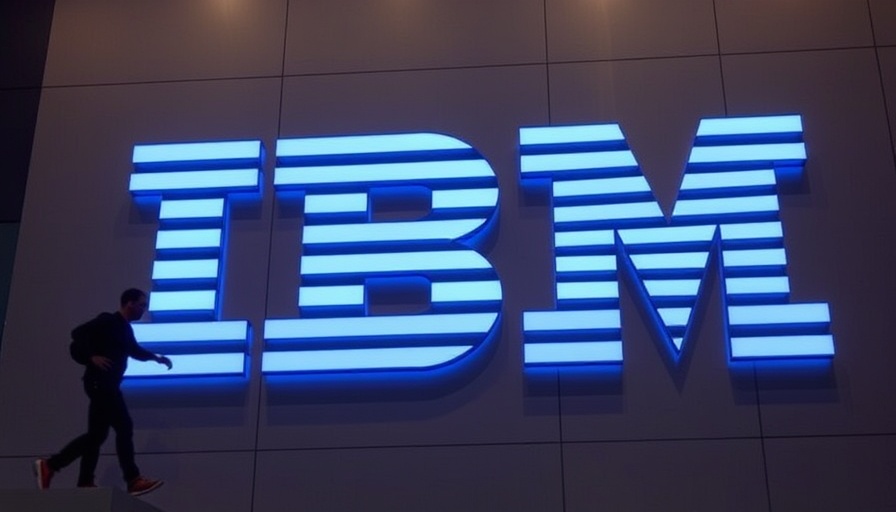
AI's Role in Transforming Workforce Dynamics
Recent statements from BT's CEO, Allison Kirkby, are signaling a crucial shift in the intersection of technology and employment. As Kirkby noted, the growing influence of artificial intelligence (AI) within organizations like BT could lead to even deeper job cuts than previously anticipated. Although reports already indicated plans to eliminate 55,000 jobs by 2030, Kirkby highlighted that these measures might not fully embrace the capabilities and efficiencies that AI can provide.
The reality is that AI is reshaping industries in profound ways, often prioritizing automation over human labor. This trend is not unique to BT; across various sectors, companies are increasingly turning to AI solutions to streamline operations, reduce costs, and enhance performance. The potential for AI to facilitate even further job reductions raises significant concerns about future employment levels.
A Broader Impact on Employment Opportunities
As businesses like BT explore the possibilities of automation, it begs the question: What does this mean for job seekers in the tech industry and beyond? The swift advancement of AI technologies may render many traditional roles obsolete, while simultaneously creating new job categories that require different skill sets. The challenge will be for workers to adapt and re-skill themselves to meet these evolving demands.
While it’s true that efficiency gains can lead to economic growth, the societal implications of widespread job loss due to AI cannot be overlooked. Policymakers, educators, and business leaders need to work together to develop strategies to support workforce transition and lifelong learning opportunities. This collaboration is essential for ensuring that employees can thrive in a job market increasingly influenced by technology.
Insights into BT’s Strategic Direction
Kirkby's remarks also hinted at a potential future spin-off of Openreach, BT's network infrastructure division, reflecting her intention to operate BT in a streamlined and value-focused manner. This indicates an evolving strategy aimed at maximizing shareholder value, but it may also intensify the pressure on the workforce.
The dual focus on cutting costs and adapting to AI innovations symbolizes a larger trend within the telecom industry—companies are not just looking to safeguard profits but are also contemplating how to leverage technology to create sustainable business models. Understanding these shifts can help job seekers prepare for the future and make informed choices about their career paths.
The Landscape of AI and Job Security
As AI continues to advance, the relationship between technology and employment is becoming increasingly complex. While it can drive efficiencies, companies must also consider the implications for their workforce. Ensuring that the transition to automation addresses the needs of employees and the economy at large will be pivotal in mitigating the effects of job losses.
Common Misconceptions and Fears surround AI’s integration into the workforce. Many fear a completely automated future with no room for human workers. However, history has shown that technological advancements can create new opportunities if managed correctly. Open dialogue about the potential and limitations of AI, alongside reskilling initiatives, is vital for fostering a smooth transition.
Inspiring a Positive Path Forward with Tech Adaptation
Lastly, the key takeaway from Kirkby’s statements is the importance of embracing change. While the headlines may evoke fears of job scarcity, they also present an opportunity for innovation and creativity among workers willing to adapt. From tech enthusiasts to creative professionals, the landscape is ripe for those who can integrate AI into their work processes effectively.
For those eager to stay ahead in the evolving job market, consider gathering resources and educational tools to enhance your skills. Bypassing AI detectors can arm you with the knowledge to better prepare for the future.
 Add Row
Add Row  Add
Add 




 Add Row
Add Row  Add
Add 

Write A Comment